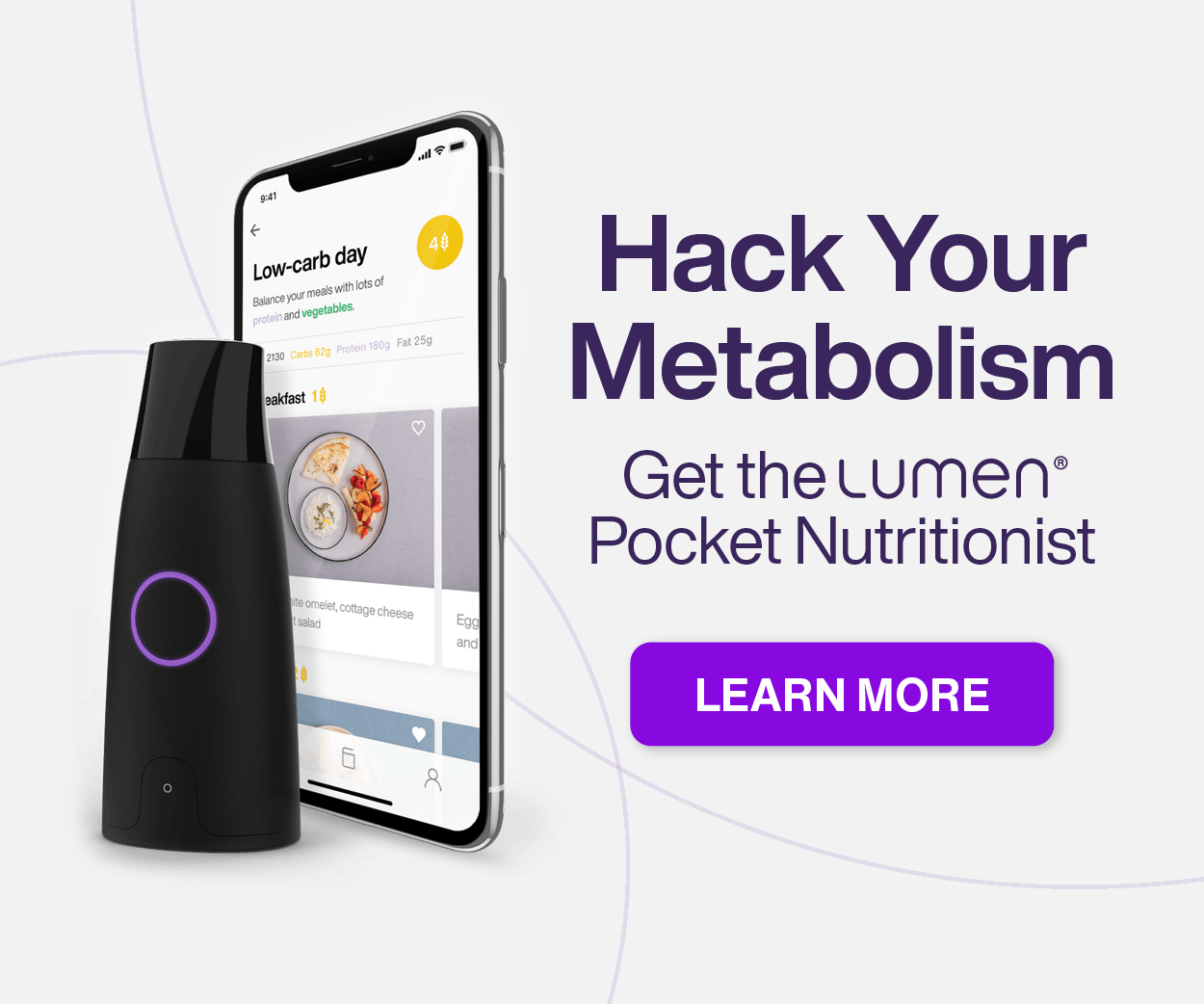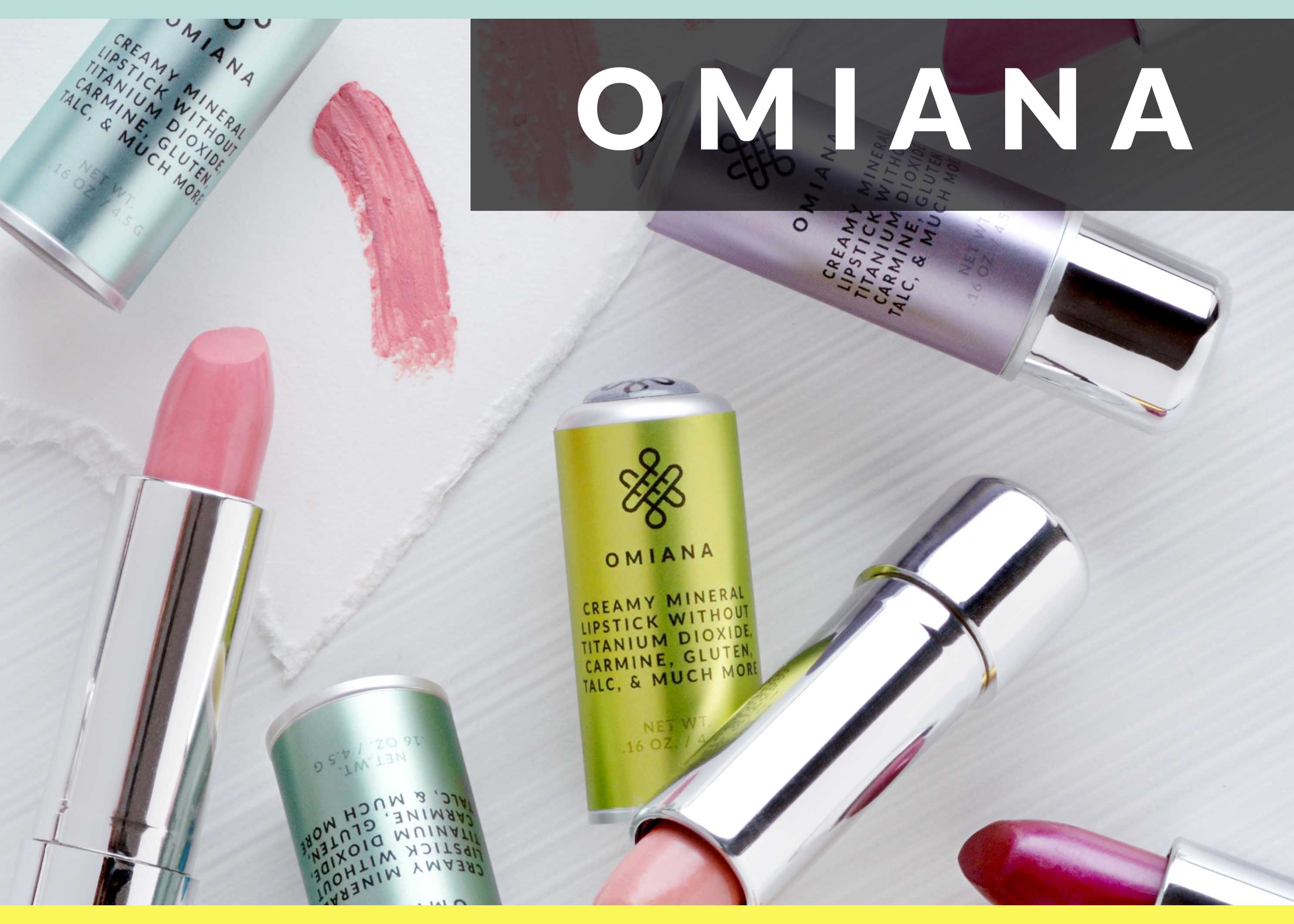 Whether or not to consume animal protein is a very personal decision. We need to take into account out individual bodies, lifestyles, and ethics when deciding where we stand. In my mid-20’s, I made the choice to become mostly vegetarian (or pescatarian, as it were– I ate fish every once in a while). There were many factors that led to my decision — I was dating a vegan chef at the time who really opened my eyes to the ethics and health factors involved in my meat-eating lifestyle. When I cut out animal protein, I felt so much healthier, lighter, even possibly happier. After about 6 years of my pescatarian lifestyle, I made the decision to start eating some animal protein again when I was pregnant. I was craving it, and found that my pregnant body responded really well to some chicken once a week and a grass-fed burger once a month. Obviously, being pregnant, I put a huge emphasis on only eating fresh, organic, non-GMO foods, and that applied even stronger to my animal protein choices. But I was startled to discover that food labeling isn’t as straightforward as it seems.
Whether or not to consume animal protein is a very personal decision. We need to take into account out individual bodies, lifestyles, and ethics when deciding where we stand. In my mid-20’s, I made the choice to become mostly vegetarian (or pescatarian, as it were– I ate fish every once in a while). There were many factors that led to my decision — I was dating a vegan chef at the time who really opened my eyes to the ethics and health factors involved in my meat-eating lifestyle. When I cut out animal protein, I felt so much healthier, lighter, even possibly happier. After about 6 years of my pescatarian lifestyle, I made the decision to start eating some animal protein again when I was pregnant. I was craving it, and found that my pregnant body responded really well to some chicken once a week and a grass-fed burger once a month. Obviously, being pregnant, I put a huge emphasis on only eating fresh, organic, non-GMO foods, and that applied even stronger to my animal protein choices. But I was startled to discover that food labeling isn’t as straightforward as it seems.
One of the most common questions I get from my clients is about food labeling, especially when it comes to consuming animal products. By now, we all know the problems with conventionally farmed meat and dairy (the hormones, antibiotics, inhumane practices, etc.), but with all the different varieties of “happy meat” out there, how do you know which is best? Most people think that many common food labels are interchangeable — free-range is just another word for cage-free, right? All that really matters is that it’s organic, right?? If I buy my meat or eggs at Whole Foods, it has to be ok, righhhht??? Turns out, wrong.
There are substantial differences in the stringency of regulations regarding all the common food labels. For example, I was shocked to discover that “free-range” chickens need only have access to the outdoors, but there is no guarantee that they will actually spend any time free-ranging at all. And did you know that wild-caught seafood is not always better than farmed?
To make the healthiest choices for our selves, our families, and our planet, we need to be armed with knowledge about what exactly we are putting in our bodies. Below is my simple, straight-forward food labeling guide to help you pick the best foods to put on your table.
So what do I choose for myself and my family?
Always organic and non-GMO everything, especially animal protein. We eat free-range organic chicken a few times a week, wild caught Alaskan salmon or Pacific Dover Sole once or twice a week, and pasture-raised eggs maybe 2-3 times a week. The majority of our diet is still plant-based. I’m not going to lie, I still struggle with eating animal protein and feeding it to our kid (we decided to include some animal protein in her diet due to some growth issues and food sensitivities that limited her protein options). I imagine once our little one is a bit older, we’ll all go back to our old pescatarian ways. But for now, I can feel confident that I am minimizing the impact our choices are having on our health and the planet by picking the healthiest and cleanest foods we can.
Continue Reading…
Like this:
Like Loading...
 My early 20’s were characterized by a few things: opera, boys, NYC, and digestive issues. Though the origins of my digestive disorder were a medical mystery at the time, in retrospect, I can pretty confidently point the finger at the overuse of antibiotics (due to recurrent UTI’s thanks to.. boys) that completely wiped out my intestinal flora. My symptoms ranged from stomach aches, sudden extreme weight gain, and food cravings to depressed mood, fatigue, and headaches. I was miserable, and my doctor’s could do nothing to help me.
My early 20’s were characterized by a few things: opera, boys, NYC, and digestive issues. Though the origins of my digestive disorder were a medical mystery at the time, in retrospect, I can pretty confidently point the finger at the overuse of antibiotics (due to recurrent UTI’s thanks to.. boys) that completely wiped out my intestinal flora. My symptoms ranged from stomach aches, sudden extreme weight gain, and food cravings to depressed mood, fatigue, and headaches. I was miserable, and my doctor’s could do nothing to help me.




 As we head into this final stretch of winter, we all seem to be getting a little fed up with the cold and the havoc it can wreak on our bodies and minds. I moved all the way across the country from New York to sunny Santa Monica to escape winter, and even here, in the temperate 60 degree winter temperature range, my feet are cold, I’m sipping hot tea all day long, and I’m pretty much living in my long, chunky knits.
As we head into this final stretch of winter, we all seem to be getting a little fed up with the cold and the havoc it can wreak on our bodies and minds. I moved all the way across the country from New York to sunny Santa Monica to escape winter, and even here, in the temperate 60 degree winter temperature range, my feet are cold, I’m sipping hot tea all day long, and I’m pretty much living in my long, chunky knits. SPONSORED POST
SPONSORED POST Whether or not to consume animal protein is a very personal decision. We need to take into account out individual bodies, lifestyles, and ethics when deciding where we stand. In my mid-20’s, I made the choice to become mostly vegetarian (or pescatarian, as it were– I ate fish every once in a while). There were many factors that led to my decision — I was dating a vegan chef at the time who really opened my eyes to the ethics and health factors involved in my meat-eating lifestyle. When I cut out animal protein, I felt so much healthier, lighter, even possibly happier. After about 6 years of my pescatarian lifestyle, I made the decision to start eating some animal protein again when I was pregnant. I was craving it, and found that my pregnant body responded really well to some chicken once a week and a grass-fed burger once a month. Obviously, being pregnant, I put a huge emphasis on only eating fresh, organic, non-GMO foods, and that applied even stronger to my animal protein choices. But I was startled to discover that food labeling isn’t as straightforward as it seems.
Whether or not to consume animal protein is a very personal decision. We need to take into account out individual bodies, lifestyles, and ethics when deciding where we stand. In my mid-20’s, I made the choice to become mostly vegetarian (or pescatarian, as it were– I ate fish every once in a while). There were many factors that led to my decision — I was dating a vegan chef at the time who really opened my eyes to the ethics and health factors involved in my meat-eating lifestyle. When I cut out animal protein, I felt so much healthier, lighter, even possibly happier. After about 6 years of my pescatarian lifestyle, I made the decision to start eating some animal protein again when I was pregnant. I was craving it, and found that my pregnant body responded really well to some chicken once a week and a grass-fed burger once a month. Obviously, being pregnant, I put a huge emphasis on only eating fresh, organic, non-GMO foods, and that applied even stronger to my animal protein choices. But I was startled to discover that food labeling isn’t as straightforward as it seems.











